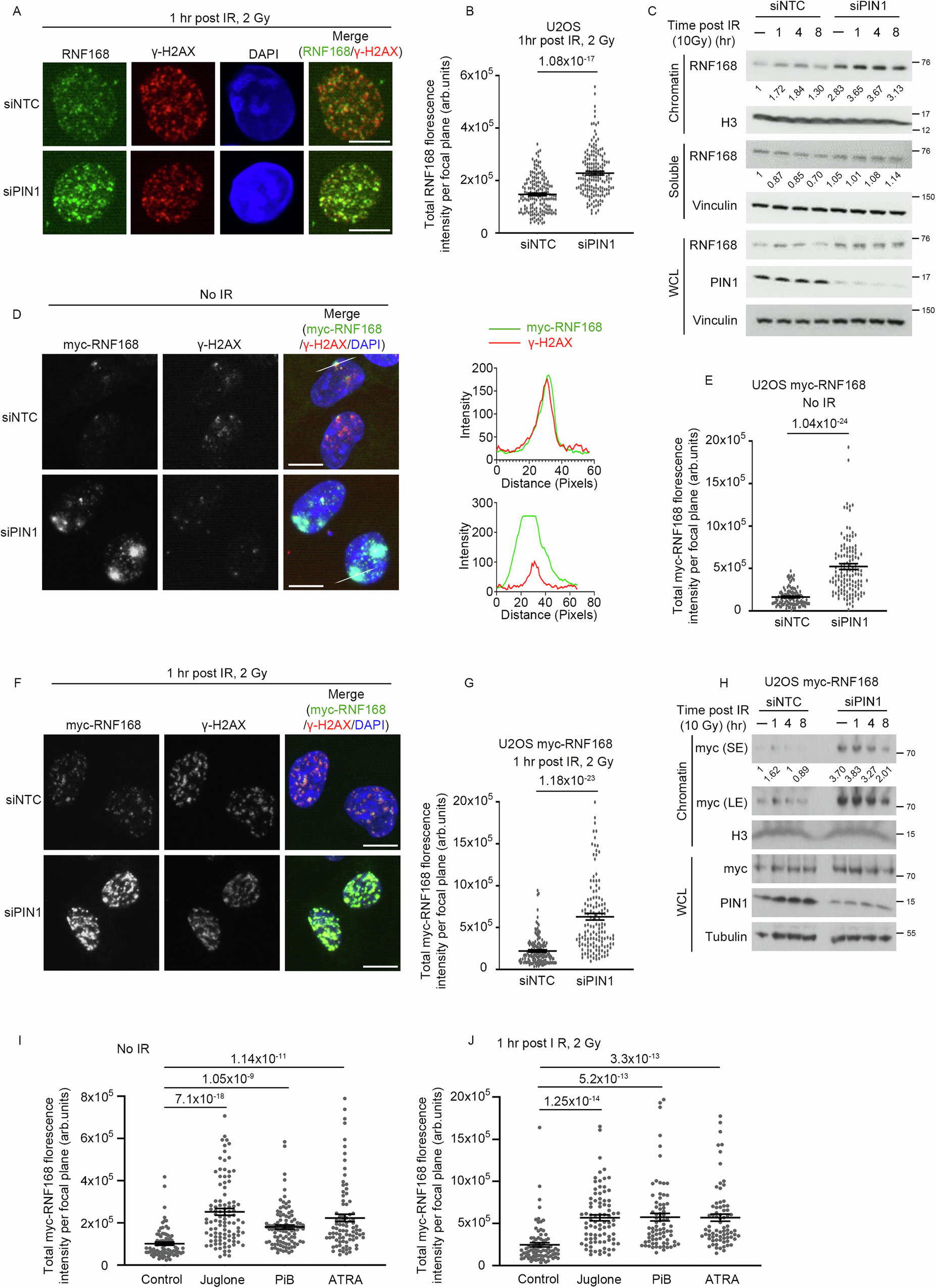2025-04-14 インペリアル・カレッジ・ロンドン(ICL)
<関連情報>
- https://www.imperial.ac.uk/news/263055/combination-drugs-could-prevent-thousands-heart/
- https://www.jacc.org/doi/10.1016/j.jacc.2025.02.007
SWEDEHEART ジストリにおける心筋梗塞後の早期エゼチミブ投与開始はその後の心血管転帰を予防する Early Ezetimibe Initiation After Myocardial Infarction Protects Against Later Cardiovascular Outcomes in the SWEDEHEART Registry
Margret Leosdottir,Jessica Schubert,Julia Brandts,Stefan Gustafsson,Thomas Cars,Johan Sundström,Tomas Jernberg,Kausik K. Ray, and Emil Hagström
Journal of American College of Cardiology Published:April 14, 2025
Central Illustration

Abstract
Background
Combination lipid-lowering therapy (LLT) after myocardial infarction (MI) achieves lower low-density lipoprotein cholesterol (LDL-C) levels and better cardiovascular outcomes vs statin monotherapy. As a result, global guidelines recommend lower LDL-C but, paradoxically, advise treatment through a stepwise approach. Yet the need for combination therapy is inevitable as <20% of patients achieve goals with statins alone. Whether combining ezetimibe with a statin early vs late after MI results in better outcomes is unknown.
Objectives
In this study, the authors sought to assess the impact of delayed treatment escalation on outcomes by comparing early vs late oral combination LLT (statins plus ezetimibe) in patients with MI.
Methods
LLT-naïve patients (SWEDEHEART registry) hospitalized for MI (2015-2022) and discharged on statins were included. Using clone-censor-weight and Cox proportional hazards models, we compared differences in risks of MACE (death, MI, stroke), components of MACE, and cardiovascular death between patients with ezetimibe added to statins ≤12 weeks after discharge as reference (early combination therapy), from 13 weeks to 16 months (late combination therapy), or not at all.
Results
Of 35,826 patients (median age 65.1 years, 26.0% women), 6,040 (16.9%) received ezetimibe early, 6,495 (18.1%) ezetimibe late, and 23,291 (65.0%) received no ezetimibe. High-intensity statin use was ≥98% in all groups. Over a median 3.96 years (Q1-Q3: 2.15-5.81 years), 2,570 patients had MACE (440 cardiovascular deaths). One-year MACE incidences were 1.79 (early), 2.58 (late), and 4.03 (none) per 100 patient-years. Compared with early combination therapy, weighted risk differences in MACE for late combination therapy at 1, 2, and 3 years were 0.6% (95% CI: 0.1%-1.1%; P < 0.01), 1.1% (95% CI: 0.3%-2.0%; P < 0.01), and 0.7% (95% CI: -0.2% to 1.3%; P = 0.18), and 3-year HR was 1.14 (95% CI: 0.95-1.41). For those receiving no ezetimibe, risk differences were 0.7% (95% CI: 0.2%-1.3%), 1.6% (95% CI: 0.8%-2.5%), and 1.9% (95% CI: 0.8%-3.1%; P for all <0.01; 3-year HR: 1.29 [95% CI: 1.12-1.55]). Similar differences in risk of cardiovascular death at 3 years were observed (HRs vs early: late: 1.64 [95% CI: 1.15-2.63]; none: 1.83 [95% CI: 1.35-2.69]).
Conclusions
MI care pathways should implement early combination therapy with statins and ezetimibe as standard care, because delaying use of combination LLT or using high-intensity statin monotherapy is associated with avoidable harm.


